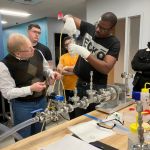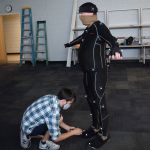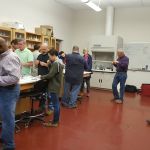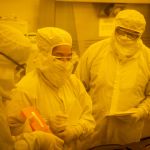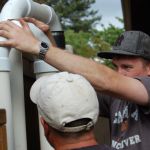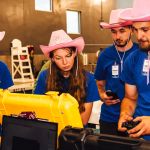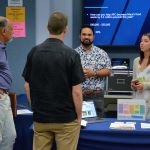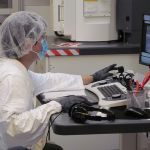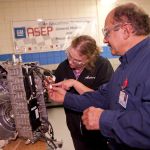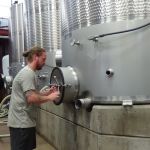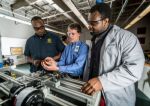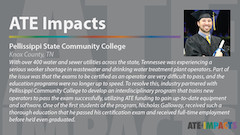
The National Science Foundation (NSF) annually funds approximately 12,000 new awards, with an average funding duration of three years. Each year some of those new awards are supported by the ATE Program, which focuses on improving and expanding educational programs for skilled workers in high-tech STEM fields. ATE grantees concentrate on a range of fields, including advanced manufacturing, agriculture and environment, bio and chemical, information and security, and micro and nanotechnologies and are based primarily at two-year institutions across the nation. This year we celebrate our new grantees by highlighting four newly funded projects from the 2024 funding cycle.
Southwestern College Micro-Nano Technology Technical Education Certificate Program
This project addresses the critical national need for a well-prepared workforce in micro- and nano-technology (MNT), a field with growing significance in sectors like electronics, energy security, and biotechnology. MNT involves engineering systems to manipulate matter at micro- and nano-scales, leading to novel technologies with special properties. Despite its importance, opportunities for two-year college students to prepare for MNT careers are limited. The project aims to provide structured educational opportunities for traditional and non-traditional students, particularly from underrepresented and economically disadvantaged backgrounds, to gain the skills necessary for entry-level technical careers in MNT. Key objectives include creating pathways to high-tech careers, developing a mentoring program, recruiting STEM students, refining the curriculum with industry input, and sharing the project's pedagogical model with other institutions. Partnerships with the University of California at San Diego and the Pennsylvania State University Microelectronics and Nanomanufacturing Consortium for Veterans will offer hands-on training and enhance the curriculum, ensuring graduates are ready to enter the MNT workforce.
